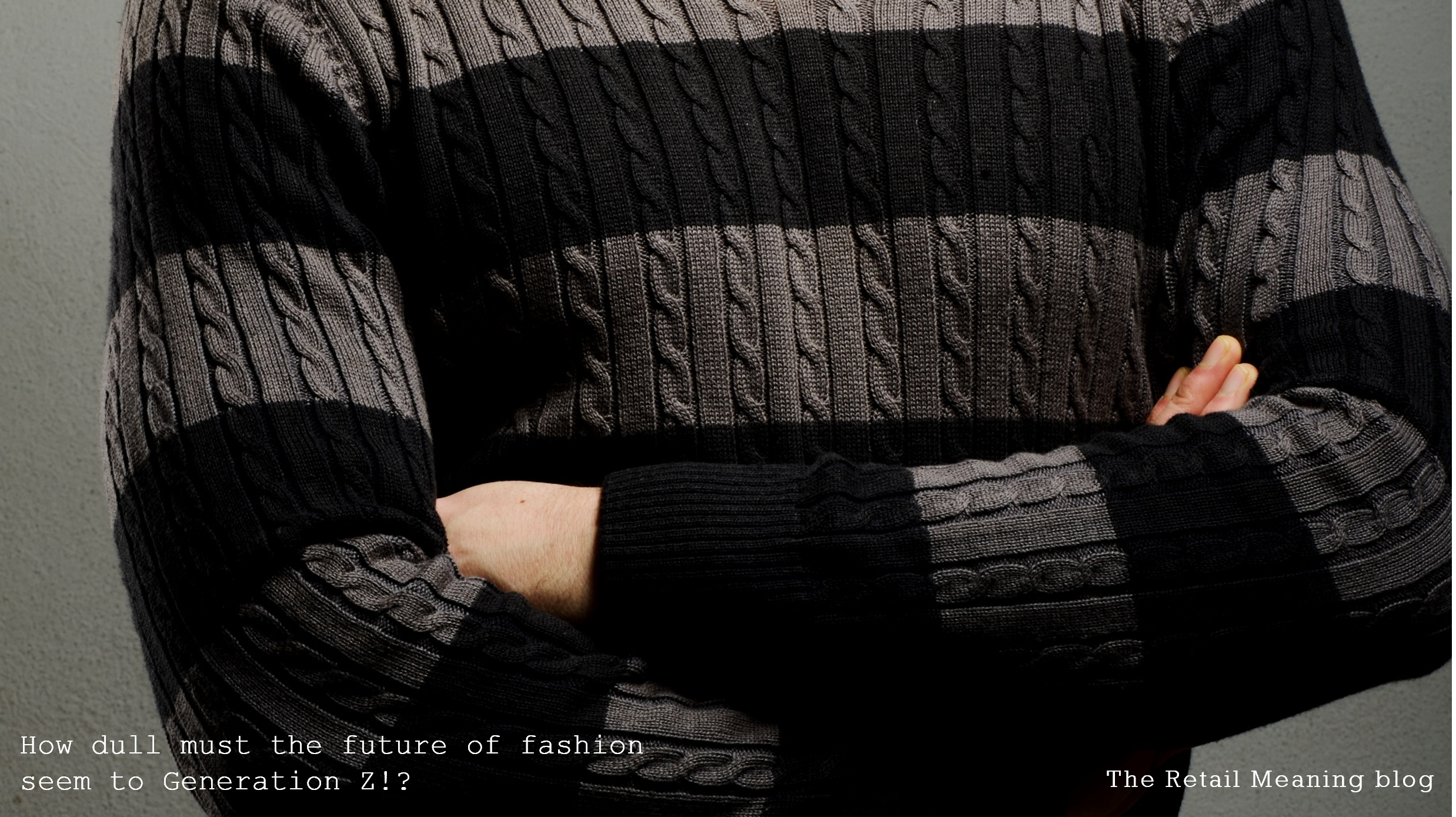I wouldn’t imagine that too many GenZ’s have seen the latest ‘Top 30 Fashion Retailers by 2026’ report from Retail Week, or indeed read Retail Week at all.
If these 18-24 year olds did read it, then I’m sure their hearts would plummet at a top 10 filled with the old bastions of retail, topped no less by Frasers, with the likes of Next, Marks & Spencer & John Lewis in pursuit. Even with the inclusion of JD, Primark, TK Maxx and ASOS, it doesn’t hold out much hope for the seekers of excitement and innovation.
My context are the students of the London College of Fashion. I am excited to be working with the MA students again this Autumn. And we will be collaborating with some of the truly extraordinary LCF alumni. Recent students now putting their ideas into action.
This future of fashion is vibrant and optimistic. Their fledgling brands fully embrace the pinnacle of diversity, ethics, sustainability, community, collaboration, immersion, and everything else that we have been led to believe is tomorrow’s world of fashion. Already some have been widely acclaimed by the industry, adorning the catwalks of London Fashion Week, and the pages of the most popular magazines.
I rest my case. What is there for GenZ’s?
Of course, the criteria for the Retail Week rankings is turnover. No surprise that it is the suppliers of the mass market that populate the chart, whilst the many equally ‘successful’ innovative and distinctive fashion brands don’t make the grade simply because of scale.
There is something in the fact that ‘best’ is simply used to express ‘volume.’ We can leave that discussion for another day.
So, the future is not so dull for those customers who are seeking something different, something more individual, something they can mould around their own personalities & creativity, where they can support sustainability, combine new with old, re-sell with rental, recycled with upcycled.
It is all out there, and it is growing. It is growing at scale, but not by the scale of a few market leaders, but by the scale of a movement populated with a myriad of independents and individuals.
In fact, if we return to the chart, we will also see innovation and adventurous collaborations behind some of those big names. Next is a remarkable leader & innovator. It always has been. The inventor of the first direct customer catalogue, the sentinel of omnichannel integration, at the forefront of retail technologies, a platform for fashion brand collaboration, facilitation, and investment.
And the resurgence of M&S driven by adopting a digital-first mindset, throwing off the restrictions of traditional retail functions and rigid department segmentations. And once again collaborations, and the nurturing of new, ethical, sustainable, and disruptive designers, creators, retailers, and facilitators.
Maybe the difference is not so great. Maybe the dullness is a perception, not the reality.
The certainty is that remarkable and unlikely collaborations will lead to successes. Modern retail is too complicated and too diverse for any single business to manage it.
It is not beyond the realms of reason and imagination that today’s London College of Fashion alumni will be embraced with open arms by the giants of the high street, to inject everything they lack in their mind-sets, creativity, and their customer propositions.
Whilst the best of commercialism can help these embryonic brands to flourish and to sustain their important messages of fashion diversity, ethical standards, and glorious communities.
